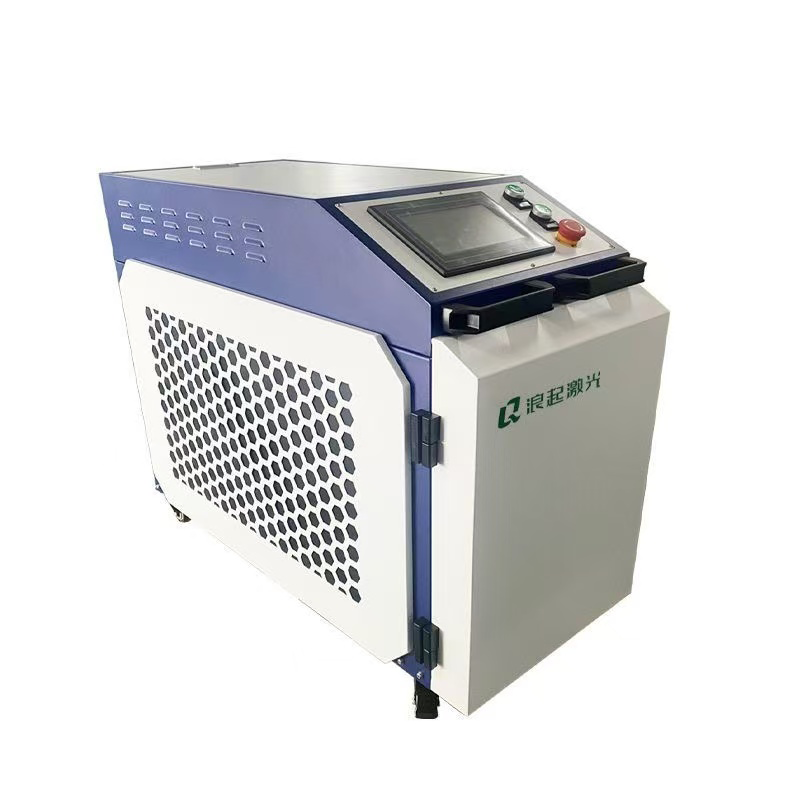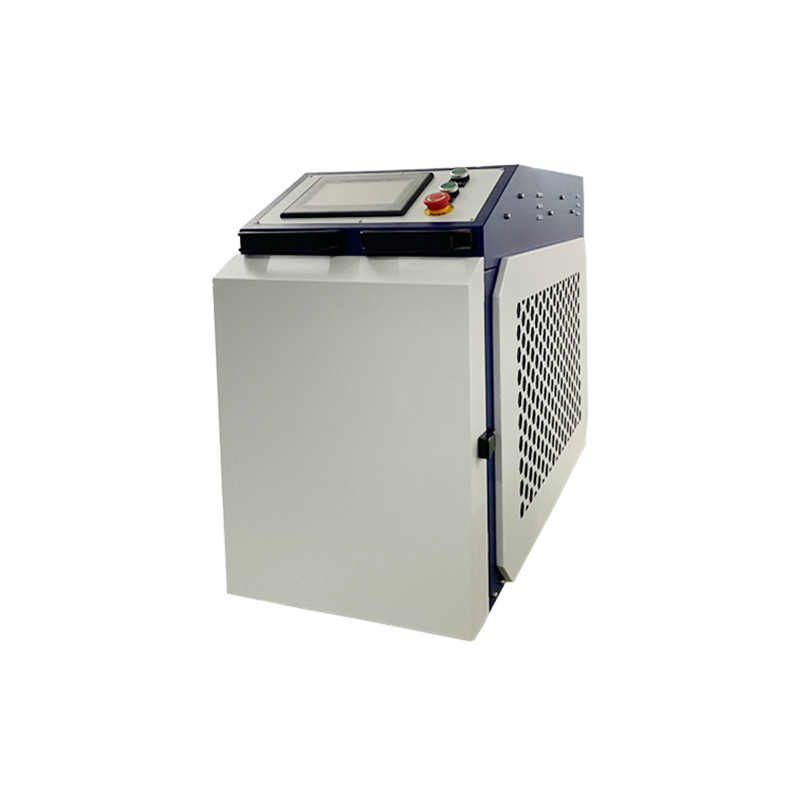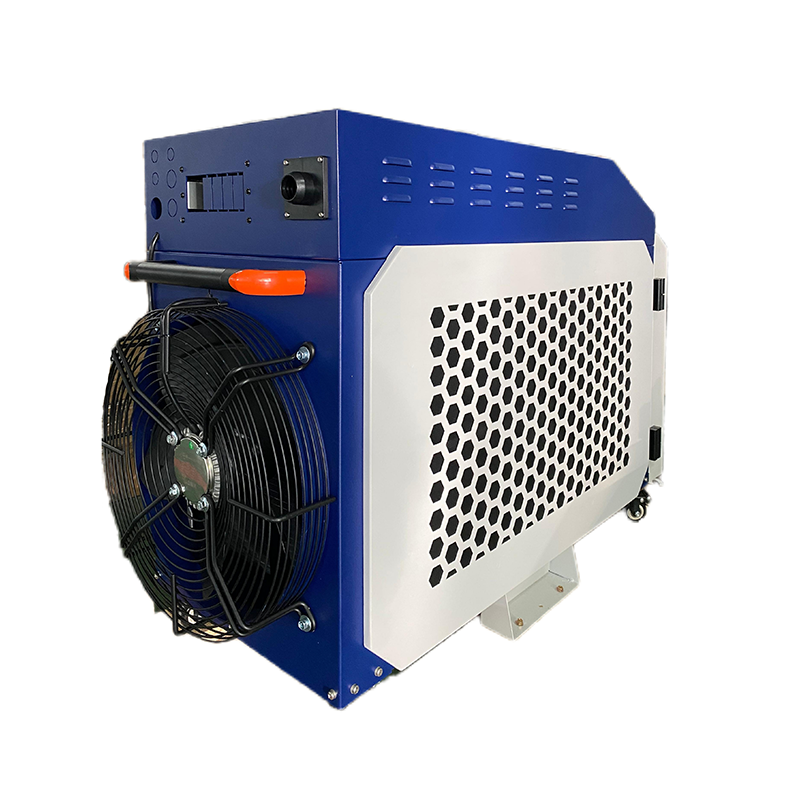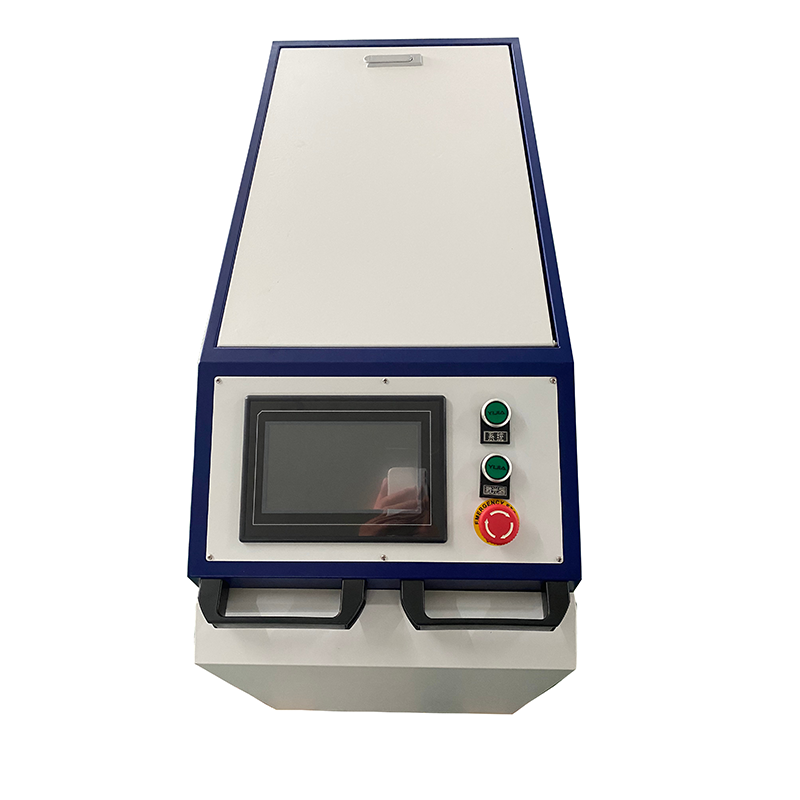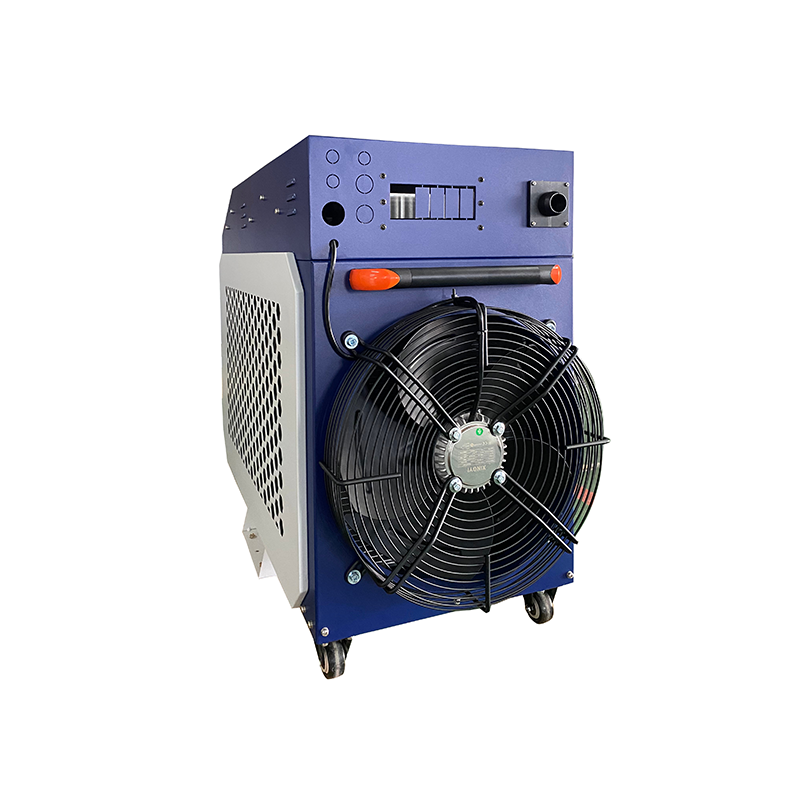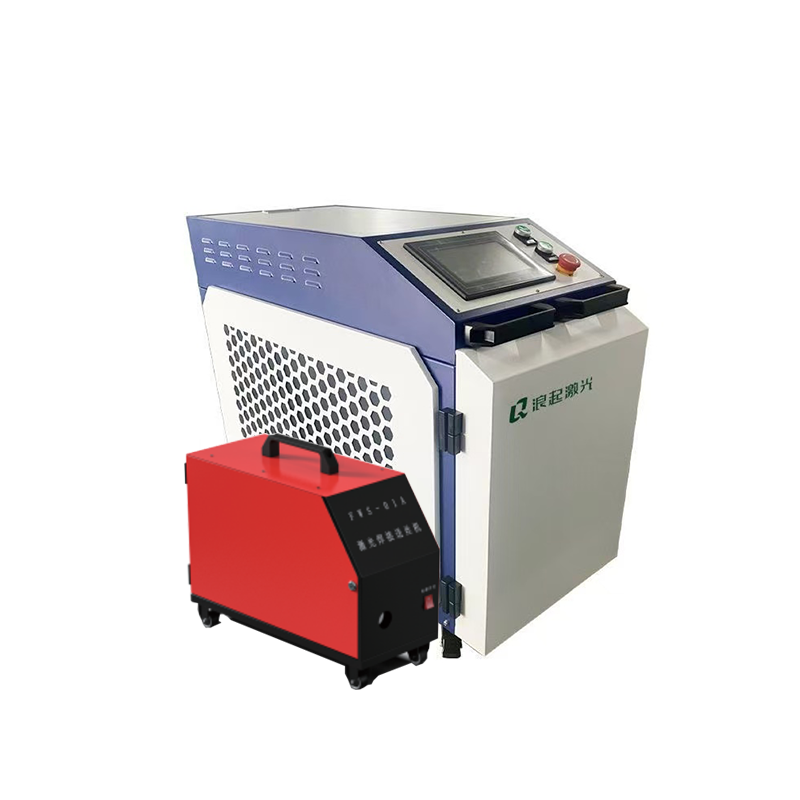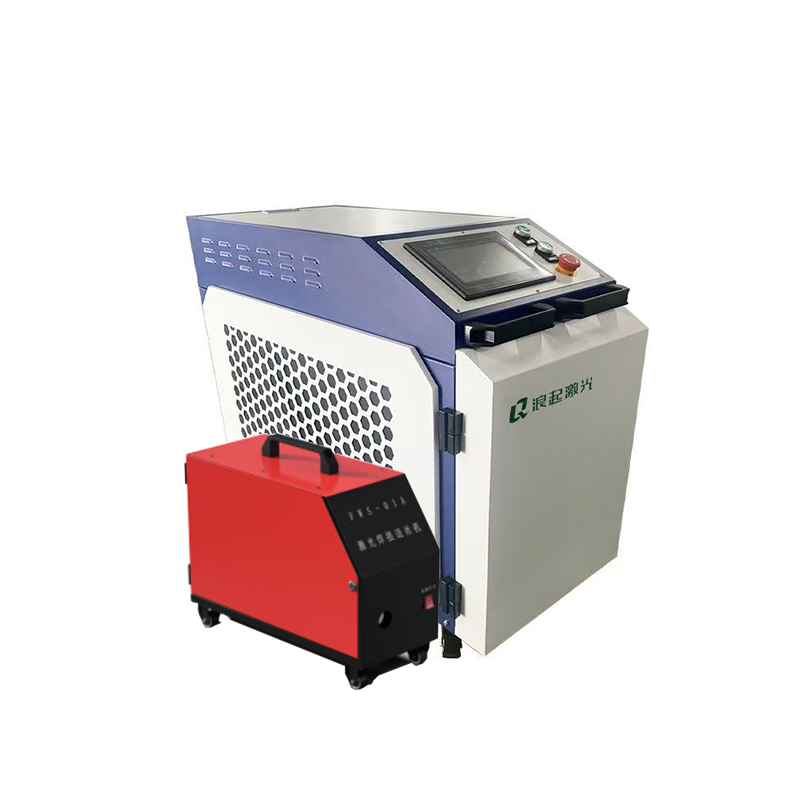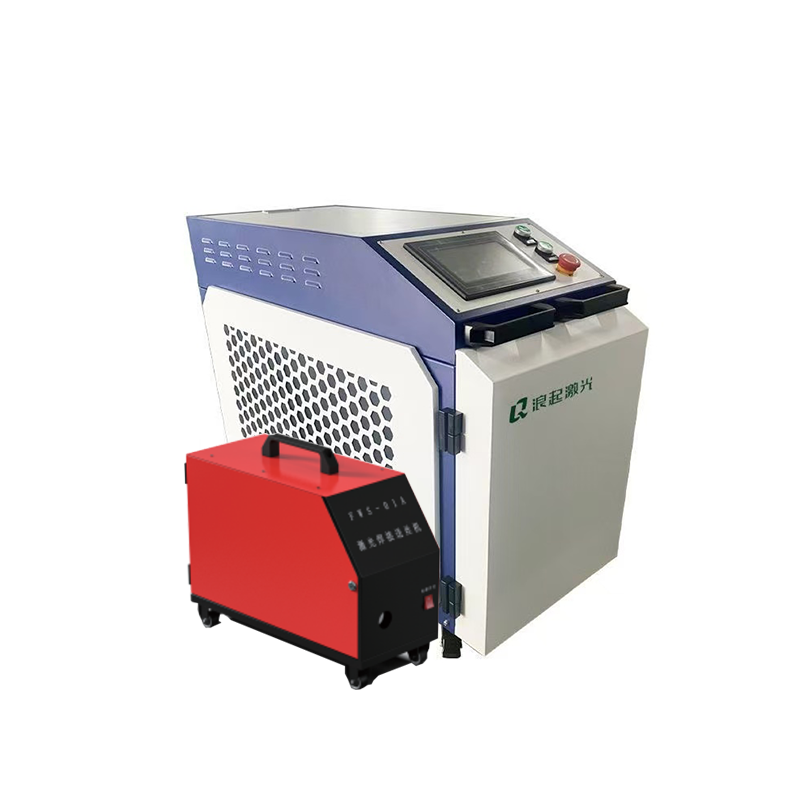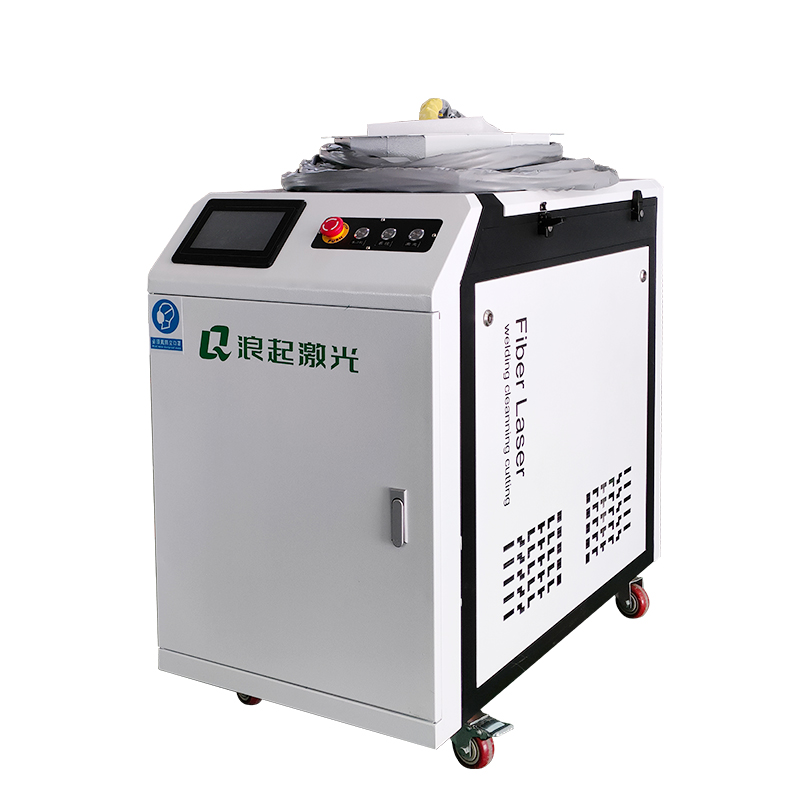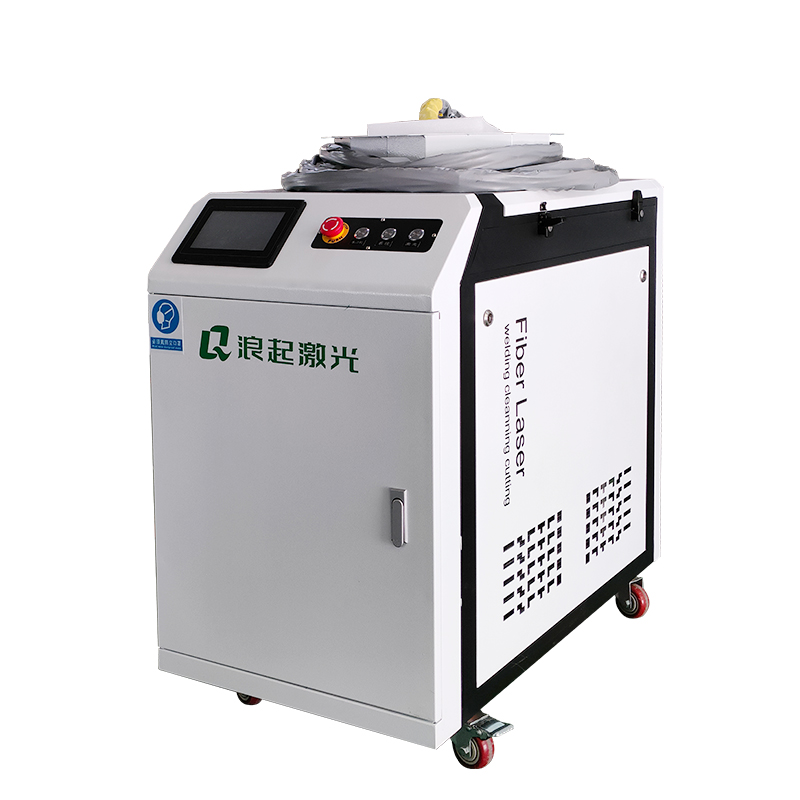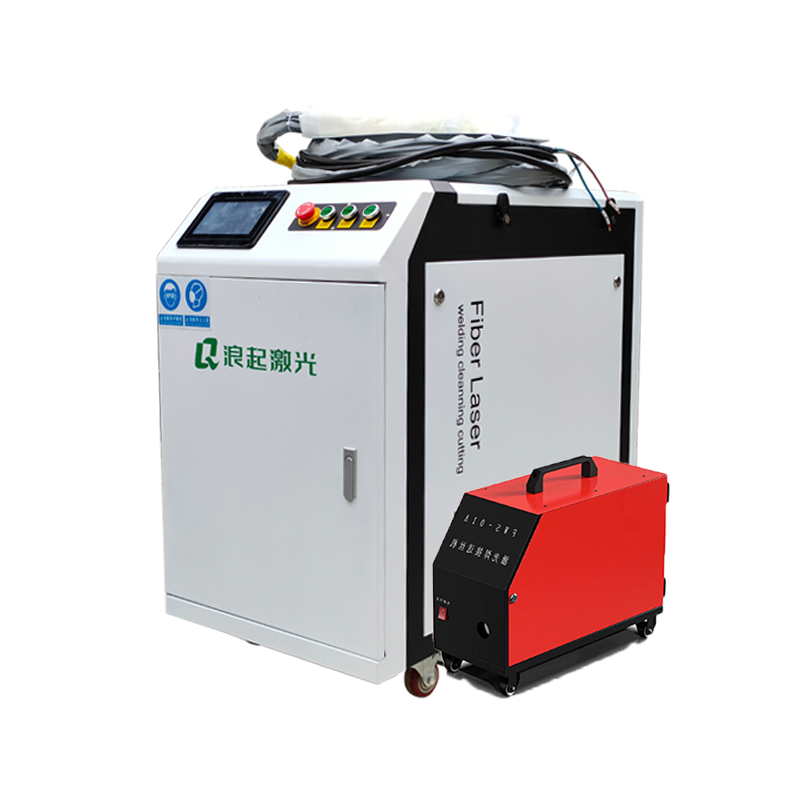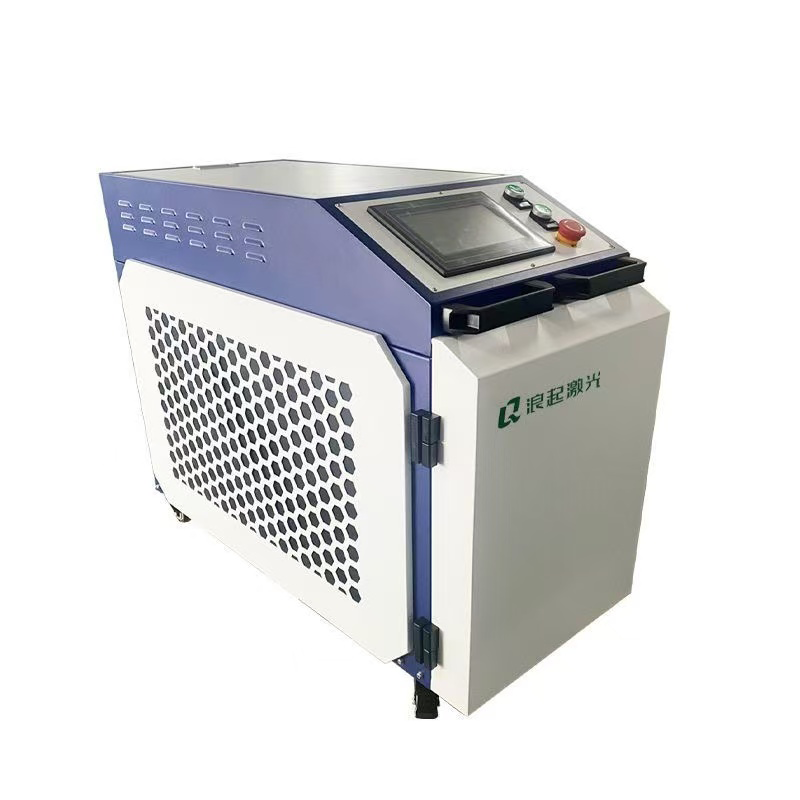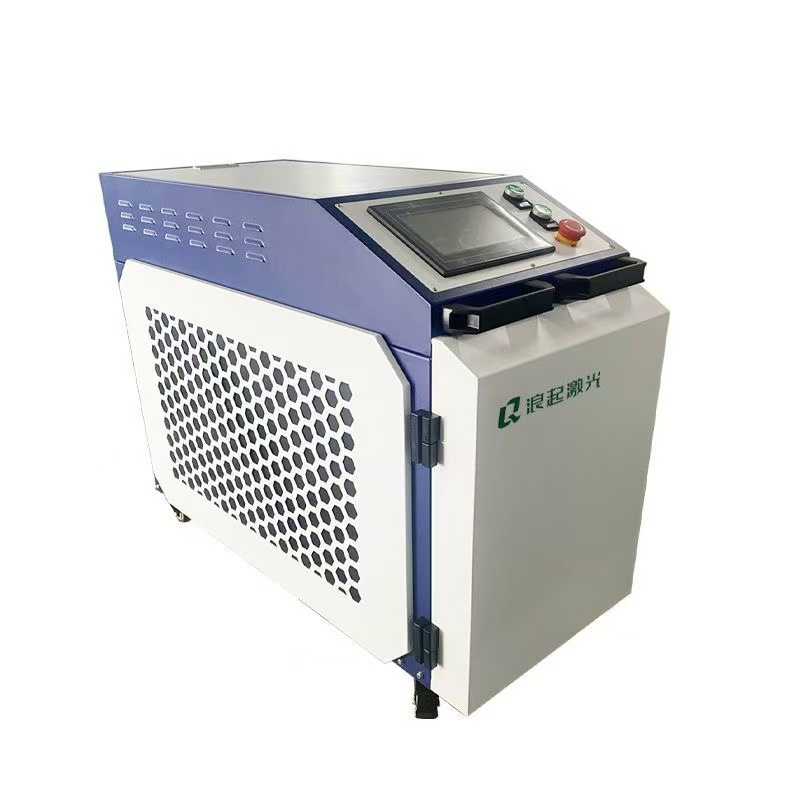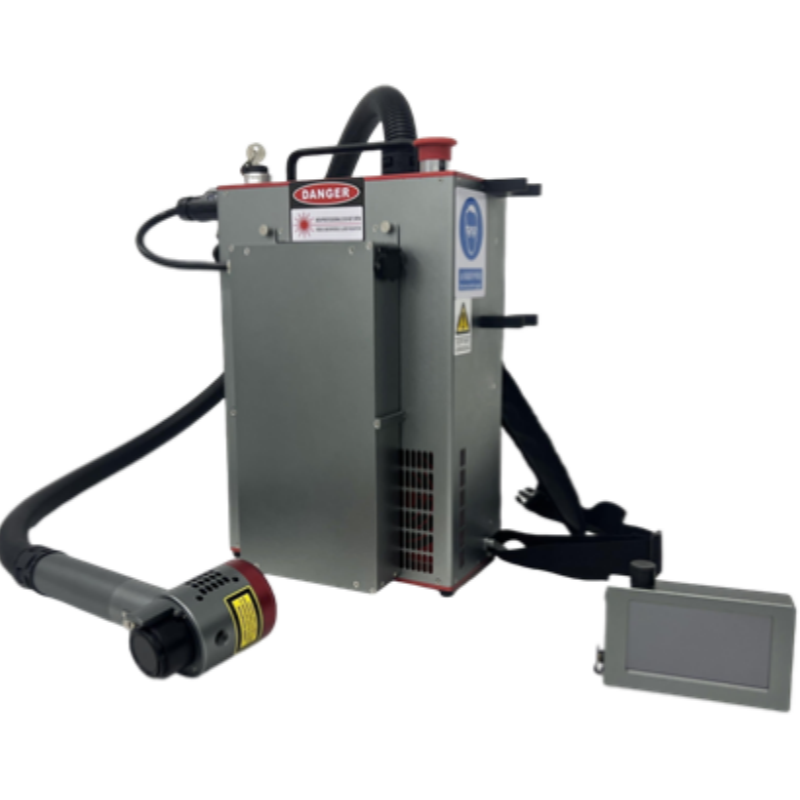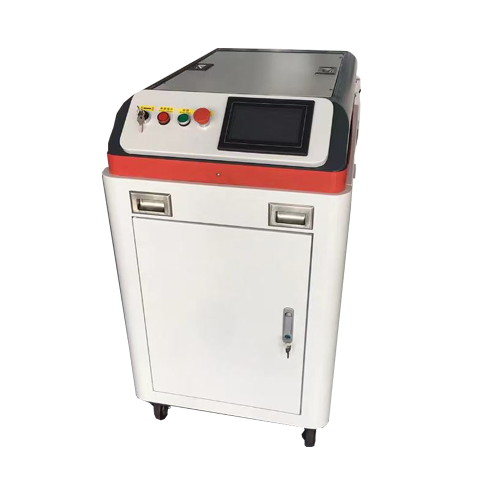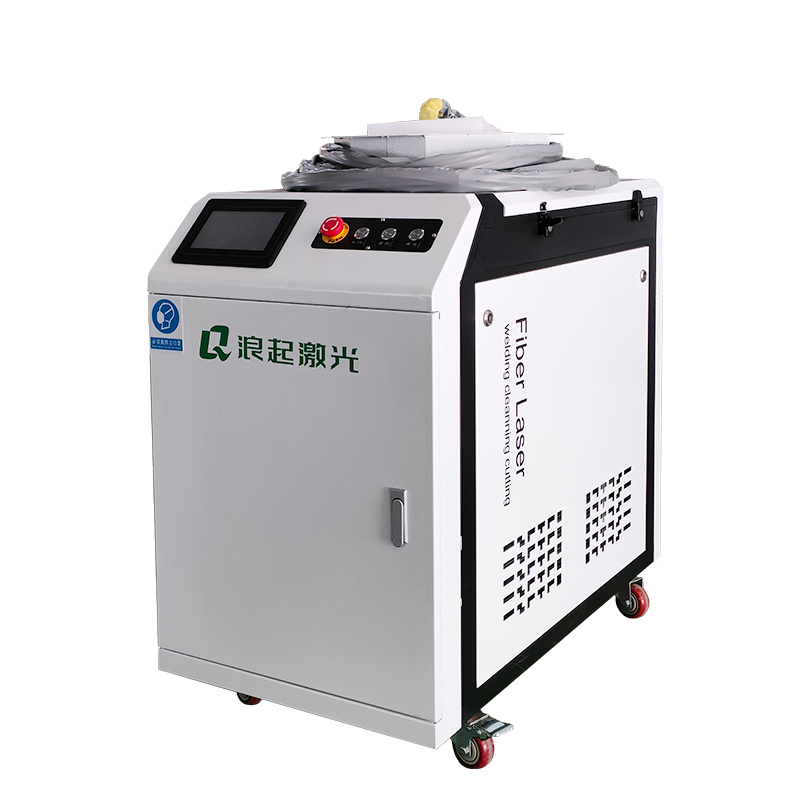A fiber laser cleaning machine is an advanced tool for removing rust, paint, oxides, and other contaminants from metal surfaces without damaging the base material. Here are how it works for deep cleaning rust:
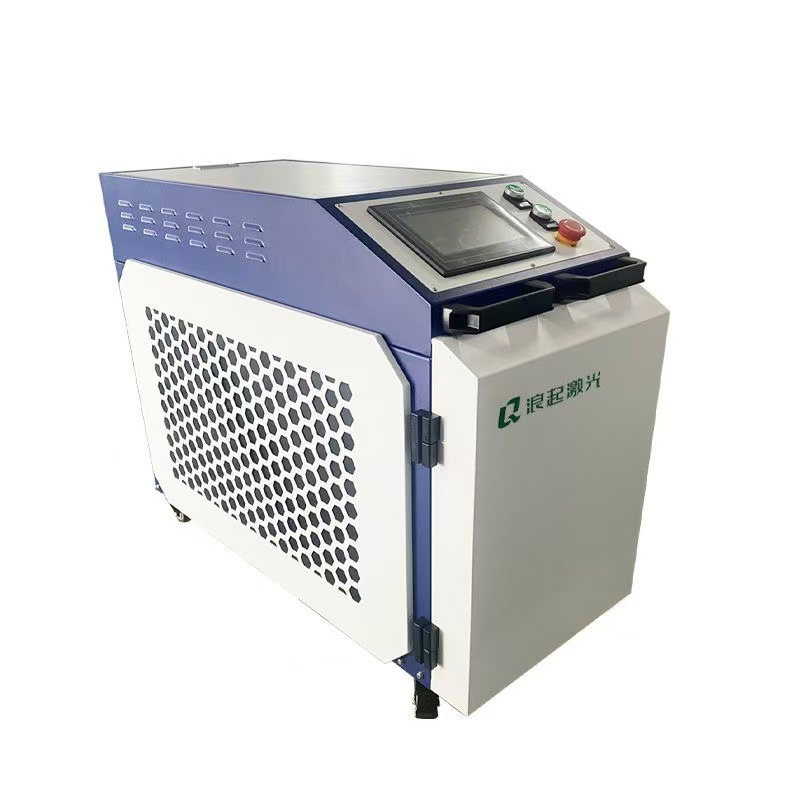
How Fiber Laser Cleaning Works for Rust Removal
Laser Ablation Process
The fiber laser emits high-intensity pulses that interact with the rust (iron oxide).
The rust absorbs the laser energy, causing it to vaporize or turn into fine dust.
The underlying metal reflects the laser, remaining unharmed.
Non-Contact & Eco-Friendly
No chemicals, abrasives, or media blasting required.
No secondary waste except for the removed rust particles (which can be collected with an extraction system).
Precision & Control
Adjustable power, frequency, and speed allow for controlled cleaning.
Ideal for delicate surfaces, intricate parts, and industrial applications.
Advantages Over Traditional Rust Removal Methods
✔ No Surface Damage – Unlike sandblasting or grinding, the laser doesn’t alter the metal’s structure.
✔ Fast & Efficient – Cleans large areas quickly with minimal manual effort.
✔ Environmentally Safe – No toxic chemicals or abrasive residues.
✔ Selective Cleaning – Can target only rusted areas without affecting surrounding coatings.
Applications
Automotive: Removing rust from car bodies, engines, and parts.
Manufacturing: Preparing surfaces for welding or coating.
Restoration: Cleaning antique metal objects, machinery, and tools.
Aerospace & Shipbuilding: Maintaining structural integrity by removing corrosion.
Best Practices for Deep Cleaning Rust
Adjust Settings: Higher power (100W–500W) for thick rust; lower for light oxidation.
Use Proper PPE: Safety glasses and ventilation to avoid inhaling particles.
Post-Cleaning Treatment: Apply anti-rust coatings (like paint or primer) after laser cleaning.

